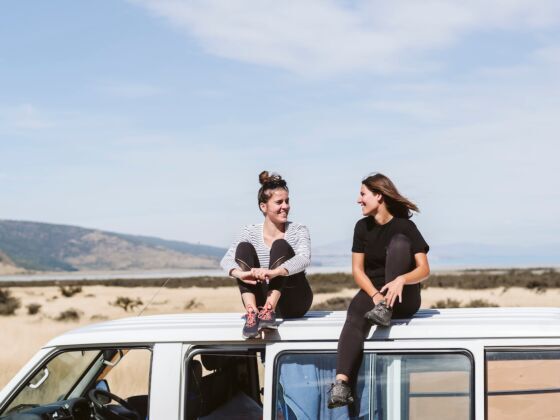When the new year sets in, those of us lucky enough to have escaped over break will have the jarring task of acclimating back to the rigors of daily life. Whether 9 to 5, shiftwork, freelance or funemployed, return from one journey begets the genesis of plans for the next. And so begins the process of combing through endless reviews and travel deals, and the alluring chain of daydreams about the next escape.
But what is it that causes so many of us to spend our precious time and resources crafting the next adventure away from home? What is the root of this seemingly insatiable desire for exploration? And what does it reveal about us, as a millennial generation slowly coming to its own as the largest and potentially most powerful demographic for the world’s largest industry?
